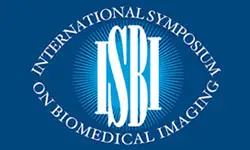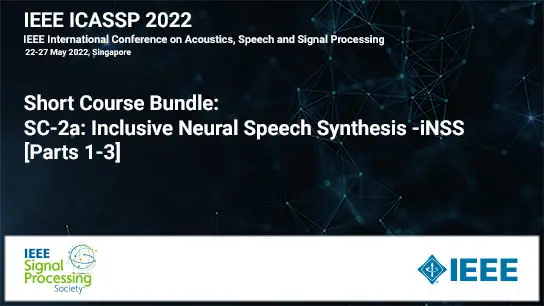Simultaneous Imaging Of Ultrasonic Backscatter And Attenuation Coefficients For Liver Steatosis Detection In A Murine Animal Model
Josй A Timanб, Hector Chahuara, Lokesh Basavarajappa, Adrian Basarab, Kenneth Hoyt, Roberto Lavarello
-
Members: FreeSPS
IEEE Members: $11.00
Non-members: $15.00Length: 00:10:10
28 Mar 2022
Non-alcoholic fatty liver disease (NAFLD) is one of the most prevalent chronic liver diseases. While early diagnosis is the most effective course of action, NAFLD diagnosis procedures are still limited since they are invasive and have a heavy component of subjectivity. In this paper, we present an approach based on Quantitative ultrasound (QUS) and Support Vector Machines (SVM) to detect liver steatosis based on the estimation of backscatter (BSC) and attenuation coefficients (AC) in a murine animal model. We tested our proposed method with data acquired from a population of 21 rats that were randomly divided into two groups subjected to two different diets. The results yielded by the estimation method at 15 MHz show a clear difference in the estimated QUS modalities in healthy liver, where BSC and AC mean and standard deviation values were found to be 0.22 В± 0.28 cmв€’1В·srв€’1 and 0.54 В± 0.03 dBВ·MHzв€’1В·cmв€’1, respectively, with respect to fatty liver, where BSC and AC mean values were found to be 0.74 В± 0.80 cmв€’1В·srв€’1 and 0.64 В± 0.06 dBВ·MHzв€’1В·cmв€’1, respectively. Furthermore, the SVM achieved an accuracy of 97.6% when discriminating between healthy and steatotic liver, thus constituting a promising alternative for non-invasive NAFLD diagnosis.



